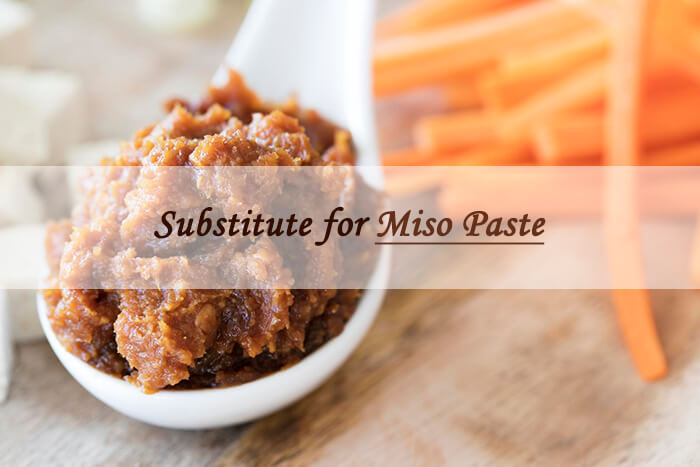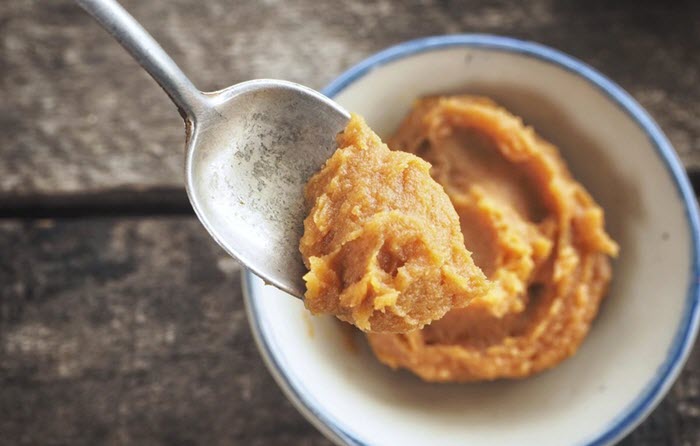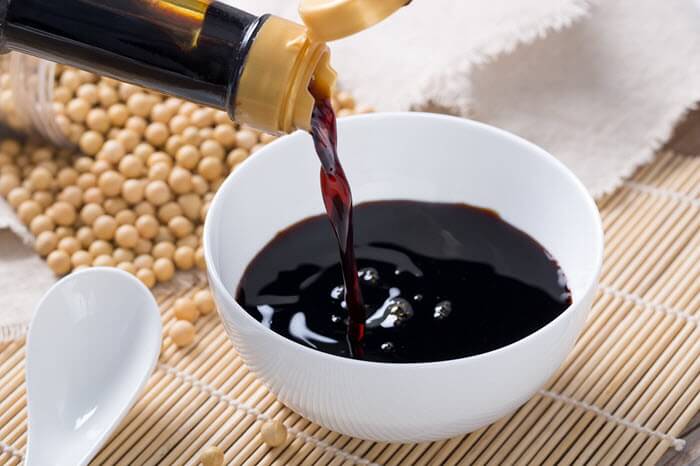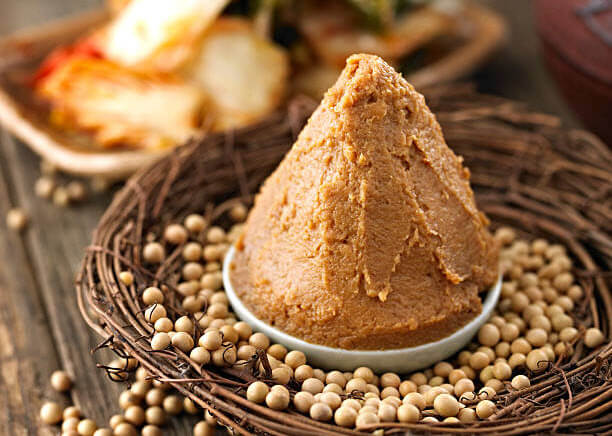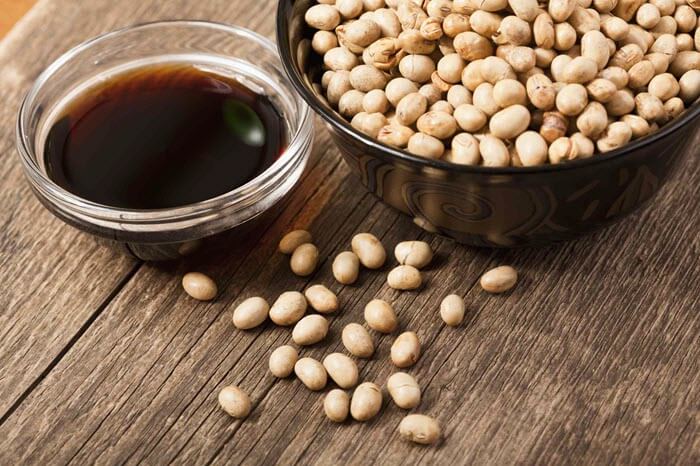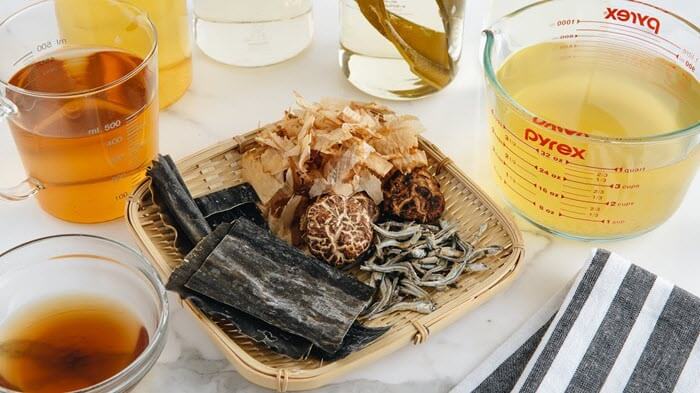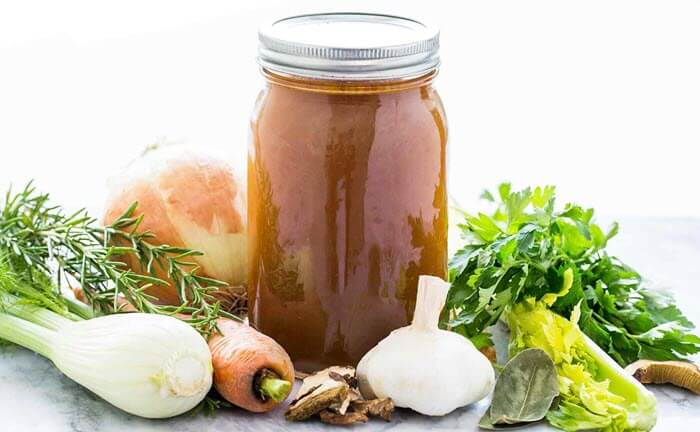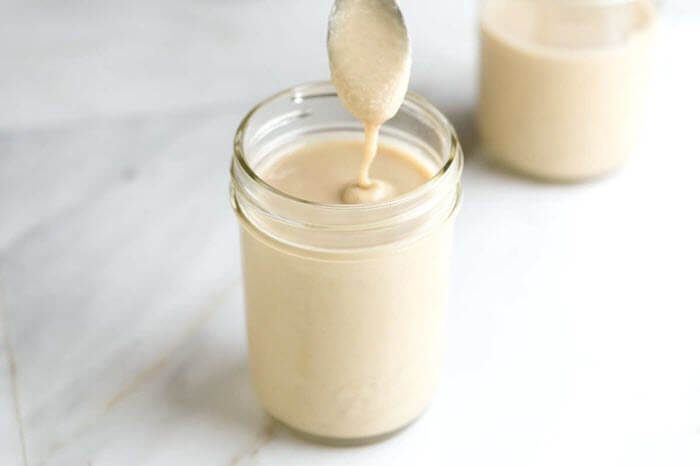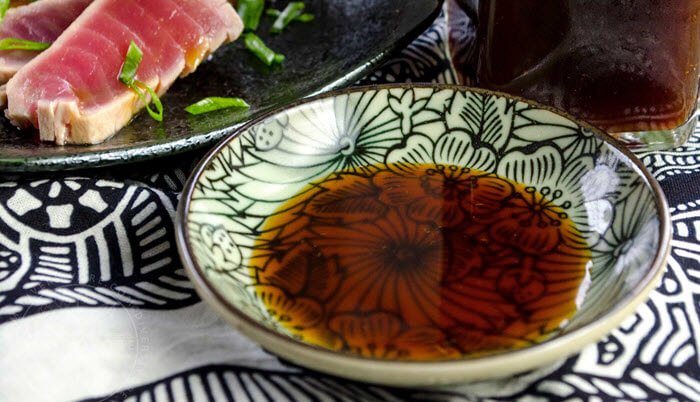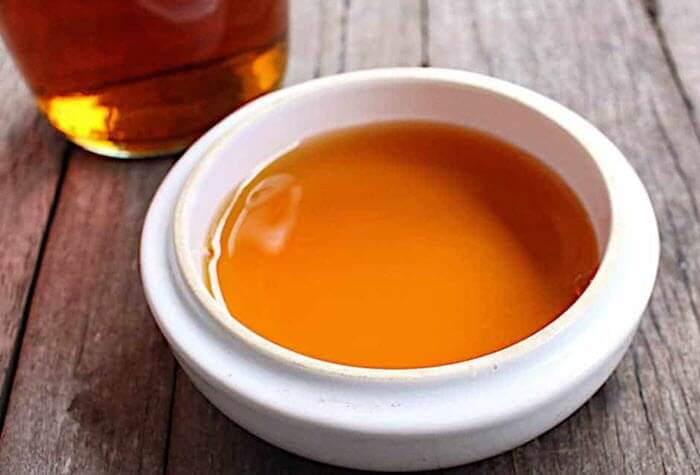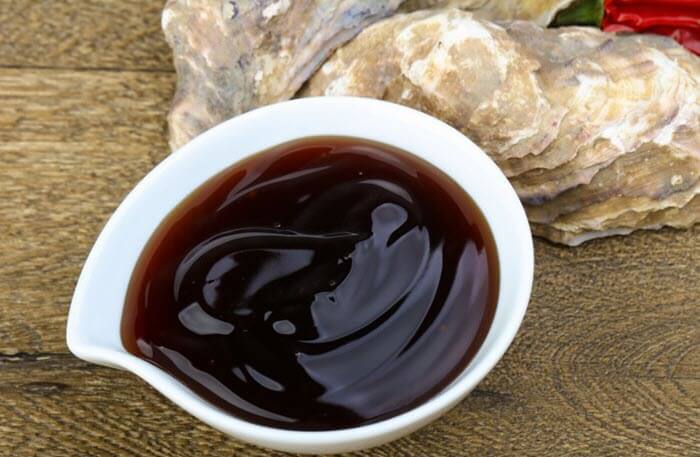Miso paste is quite popular in Japanese cuisines due to its salty umami flavor. It is great for sauces, soups, batters, dressings, and glazes.
However, you might run out of it and fail to find it in your local store. So, what next? Are there any substitutes that work just as great as miso paste? Will the color and texture be similar?
Here is a comprehensive guide on ten miso paste substitutes that will answer all your questions. Read on;
What is Miso Paste?
Miso paste is a Japanese seasoning made of fermented soybeans mixed with koji and salt. For more flavor, barley, rice, and seaweed are sometimes added. It is quite versatile and rich in umami flavor.
The paste is nutritious and rich in proteins, dietary fibers, vitamins, and enzymes.
There are three main types of miso paste:
White Miso
Also known as Shiro miso or sweet meso, it is quite mild and sweet.
Red Miso
Known as miso, it has a deep richness and is more savory than white miso.
Light Colored Miso
It is the perfect balance of white and red miso and has an orange to light brown color. The white miso is a substitute for yellow miso paste.
Other types include:
- Genmai or Brown Rice Miso- It is fermented for around 6-18 months.
- Mame or Soybean Miso- It is made mainly from soybeans.
- Mugi or Barley Miso- It is highly bodied and salty.
- Kome Miso- It is a white rice miso paste in red, white, and yellow colors.
- Awase Miso- It is a mixture of red and white miso pastes.
What Can You Substitute for Miso Paste
Below are the ten miso paste substitutes that you can use at home.
Note that some substitutes will work better for texture while others will be better for flavor. Therefore, in some cases, you may have to combine two substitutes to get the perfect mixture;
1. Soy Sauce
Soy sauce is one of the easiest miso paste substitutes as it is readily available in most stores.
It is a great white miso paste substitute made from fermented soybeans but is saltier and simpler in flavor when compared to miso paste. It is also animal free, hence a staple for vegan dishes.
The sauce has three categories, namely light, dark and thick. Dark soy sauce is sweeter and has a thicker consistency, while light soy sauce is saltier and has a thinner consistency.
One downside to soy sauce is that since it is a liquid, it will not be ideal for recipes that require miso paste for its creamy texture and consistency.
How to Substitute
If you are confused about how much soy sauce to substitute for miso paste, use half the amount.
For example, if the recipe calls for 1 tablespoon of miso paste, use half tablespoon of soy sauce. Adding more will darken your food and make it saltier than it should be.
2. Anchovy Paste
Anchovy paste has the same texture and flavor notes as soy sauce, making it a worthy substitute for soups and sauces. It is made from pureed anchovies, hence its bold flavor.
However, anchovy paste is quite oily; thus, you should check the overall oil content in your recipe and reduce it.
Since anchovy paste comes from fish, it is recommended to avoid it when making vegetarian food as miso is its plant-based alternative.
How to Substitute
For best results, replace one teaspoon of miso paste with one teaspoon of anchovy paste.
3. Soybean Paste
Soybean paste is popular in Korean cuisines and has the same flavor and consistency as miso paste. It is used in stews, soups, dressings, and sauces.
However, it is more pungent than the paste, and miso has a grain triggering factor that its other counterpart doesn’t.
How to Substitute
Therefore, when substituting it for miso paste, start with small quantities as you adjust accordingly.
4. Tamari
Tamari is a Japanese sauce that is a byproduct and substitute for miso paste. It has the perfect balance of umami and sweet flavors.
It is gluten-free and thicker than soy and shoyu sauce. However, it does not have a thick consistency as miso paste.
Tamari can be used to a dipping sauce, flavors soups, sauces, rice, noodles, and dumplings.
5. Dashi
Dashi is a strongly-flavored Japanese broth with a complex flavor profile.
Fish and salt are its prominent flavor notes, as it is made by mixing bonito fish flakes, dried kelp, and water.
It is an excellent white miso paste substitute but is not recommended for vegetarians.
How to Substitute
You can use the same amount of dashi to replace miso paste in your recipes, as it is not as salty as soy sauce, shoyu, or tamari.
It is also better in recipes with more liquid, giving better results.
6. Vegetable Stock
This is easy to get as it is a staple in every home. It is also a low sodium substitute for miso paste, which is a win for you.
The umami flavor can be created using tomato paste and rehydrated dried mushrooms.
This white miso paste substitute is a broth, best used for soups and dressings with lots of fluid, as adding more will not have a huge impact.
How to Substitute
Use a tablespoon of vegetable stock for every tablespoon of miso paste required in the recipe.
7. Tahini
This is a creamy paste from the Middle East, made from sesame seeds. Tahini is used for dressings, sauces, and marinades and is one of the main ingredients in hummus.
Tahini is a low sodium substitute for miso paste; it has a similar buttery texture but not the umami flavor.
How to Substitute
It should therefore be used only in recipes where small quantities are needed.
We recommend mixing the tahini with soy sauce to get the umami flavor and reduce its bitterness.
8. Shoyu
Shoyu is a Japanese soy sauce made from fermented soybeans, salt, wheat, and water.
It is similar to miso paste in flavor, with the main difference being that shoyu is a thin liquid similar to soy sauce.
Shoyu is perfect for stir-fries, sauces, soups, and marinades as it is less salty and has a more balanced flavor than regular soy sauce.
How to Substitute
We recommend using it in a 1:1 ratio as its flavor is almost similar to miso paste.
9. Fish Sauce
Fish sauce has a salty, umami, and savory taste, making it a perfect miso paste replacement. It is ideal for cooking salmon, marinades, soups, and stir-fries.
The sauce is made from fermenting small fish, hence the stronger taste and flavor.
This brown miso paste substitute is perfect for people with soy and gluten allergies and non-vegetarians.
Note: Don’t be confused with fish and oyster sauce; they’re different.
How to Substitute
It is recommended to start with a low amount as you increase it to ensure that you maintain the food’s taste.
10. Salt
You can add salt in recipes that call for only a few miso paste. It is quite easy to source, which makes it a great substitute.
Salt will help enhance the food’s flavors, even though it does not have any extra flavors.
How to Substitute
If the recipe requires a teaspoon of miso paste, use a teaspoon of salt, and adjust accordingly, as a bit of salt goes a long way.
FAQs About Miso Paste
Is Soy Paste the Same as Miso?
No. Soy and miso pastes are different, although have the same main ingredient. Here are some differences:
1. Soybean paste, also known as doenjang, comes from Korea, while miso is from Japan.
2. Miso is mainly made from soybeans, salt, koji, and grains, while soybean paste is made with only salt and soybeans.
3. Soybean paste has a more pungent and potent smell than miso paste.
4. Soybean paste is exposed to air while fermenting and requires up to six weeks, while most miso is ready after a week.
5. Miso is smoother, while soy paste has a chunkier consistency.
Can I Substitute Oyster Sauce for Miso Paste?
Yes, you can substitute oyster sauce for miso paste as they are made from the same essential ingredients.
Where to Buy Miso Paste
Miso paste is mainly found in Asian grocery stores such as H Mart and Asian Food Market.
However, you may also find it in your local store in the refrigerator section, next to the vegan meats, tofu, and tempeh.
Some stores also put it in the international aisle since it is an Asian condiment.
The following grocery stores stock miso paste:
- Kroger
- Whole Foods Market
- Meijer
- Walmart
- Target
- Trader Joe’s
- Safeway
- Publix
- Piggy Wiggle
- Food Lion
You can also buy your miso paste online at Amazon.
Check for stabilizers or preservatives in your miso paste. Avoid those that have them as they are not safe for your health.
You will also find refrigerated and non-refrigerated miso; the latter will last longer, but the refrigerated miso is the healthiest and tastiest of the two.
Conclusion
Miso paste is an essential ingredient in cooking and has numerous health benefits. It is low in calories and has vitamins, zinc, manganese, calcium, magnesium, selenium, phosphorus, and iron.
However, in cases whereby you do not have miso paste, you will need ingredients that work just as good. With the above list, you will find several substitutes that will give similar results.
Try them today, and let us know your experience.

